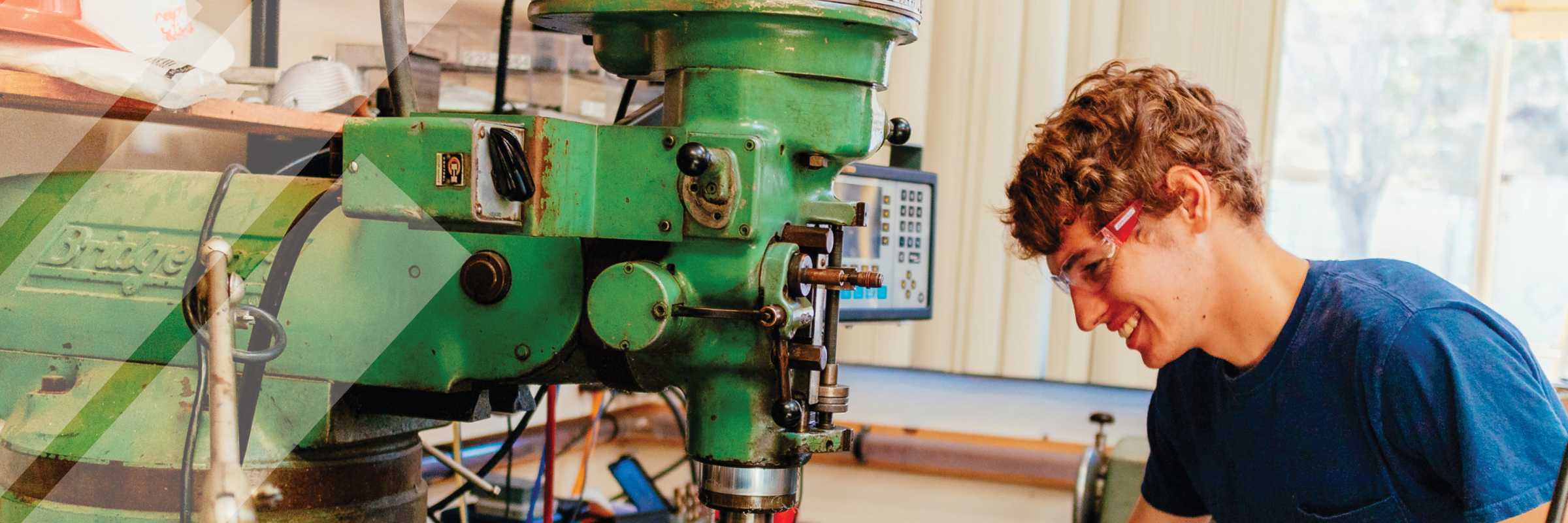
2022 INTERN RESEARCH
|
Faculty / Principal Investigator (PI) / Advisor |
Intern Research Topic |
Responsibilities |
Aspects of Intern Academic Background Intern Found Helpful During Their Internship |
Intern Major |
|---|---|---|---|---|
| Florian Meyer | Calculating Altitude from Side-Scan Sonar for Autonomous Underwater Vehicle Navigation | Programming, code documentation, literature review, testing hardware and code. | Programming experience from classes and extracurriculars, mostly. | Computer Engineering |
| John Hildebrand / Joshua Jones | Assembling intuitive soundscapes | Identify, extract, and assemble audio samples from ship transits; operate a reel-to-reel tape recorder; clean jars in the pelagic invertebrate collection. | Basic understanding of music production software; familiarity with Excel and MATLAB. | Oceanic and Atmospheric Sciences; Music (Vocal Performance) |
| John Hildebrand / Sean Wiggins | Low Frequency Hydrophone Calibration - Development and Testing of an In-Air Calibration Chamber | I was basically given an entire research project where I had to find if the theoretical transfer function for hydrophones were accurate for low frequencies. I continued upon a previous researcher's experiment and was able to confirm they are accurate. | Knowing MATLAB was extremely important and some CAD helped as well, the type of work I was doing was all new to me so I had to learn the theory of my research at work. | Naval Architecture and Marine Engineering |
| Jules Jaffe | Optimization and Evaluation of Inverse Models for Estimating the Inherent Optical Properties of Seawater from Ocean Reflectance Measurements | Redesigned and built a new system to image plankton in the lab. | Coding. | Math |
| Jules Jaffe | Tailoring the Smart Underwater Imaging Telemeters (SUITs) | Assist around the lab in assembly, design and improve the software and hardware of the Smart Underwater Imaging Telemeter. | Coding background. | Mechanical Engineering |
| Sean Wiggins / Kieran Lenssen | Building a Prototype Hydrophone | I was responsible for building a prototype two-sensor hydrophone. I also built a normal hydrophone which is now being deployed in the Gulf of Mexico. | My hands-on experience and CAD knowledge from competing in the FIRST robotics competition in high school was probably the most applicable skill for my internship. It would have been nice to have taken a MATLAB programming course before starting the internship. | Mechanical Engineering |
| Simone Baumann-Pickering / Alba Solsona Berga | Beaked Whale Localization: Track Identification | Environmental Engineering | ||
| Simone Baumann-Pickering / Ella Kim | Fish chorusing in Monterey Bay National Marine Sanctuary | My main goal was to analyze LSTAs for fish choruses and log them using MATLAB. After I finished I transferred the data into rStudio and created visuals to look at the spacial and temporal patterns of the choruses. | My understanding of statistics was helpful, as well as the marine science class I took in high school. | Environmental Science, Tech, and Policy |
| Simone Baumann-Pickering / Michaela Alksne | Biogeographic Patterns of Pacific White-Sided Dolphins | I mostly processed data using several programs and codes in MATLAB, as well as graphed results in R and helped with mentor's paper (I asked to do that). | I'd done some acoustics before that was most helpful; I'm not sure how much of my academic background contributed. | Ecology, Behavior, Evolution |
| Simone Baumann-Pickering / Morgan Ziegenhorn | Odontocete acoustic mixed-species assemblages (MSAs) off the west coast of Hawai'i Island | Analyze echolocation clicks in DetEdit to identify mixed-species assemblages of odontocetes; statistically assess the significance of overlap in species presence. | I previously completed an eight-week marine bioacoustics research internship, which sparked my interest in the subject and helped develop my computer programming skills. This experience, combined with my background in marine ecology and coursework in marine acoustics and sound propagation, helped during the internship. | Marine Science and Psychology |
| William Hodgkiss | SWellEx96 Acoustic Modeling and Data Analysis | Working with a fellow intern to learn signal processing with the help of our PI, and applying the skills we learned to localize sound sources using a data set given to us. | Classes taken and other internships done. | Marine Science and Physics |
| William Hodgkiss | SWellEx96 Acoustic Modeling and Data Analysis | During the first half of my internship, I worked under the guidance of Dr. Hodgkiss to learn the basics of underwater acoustics, signal processing, and data analysis. The second half of my internship focused on applying these concepts to work with different models and eventually actual data. | Courses in geology and math provided me with a good background for understanding the basis for underwater acoustics. Day to day, it was nice to have some prior experience with coding since most of my work involved MATLAB. | Geology |
